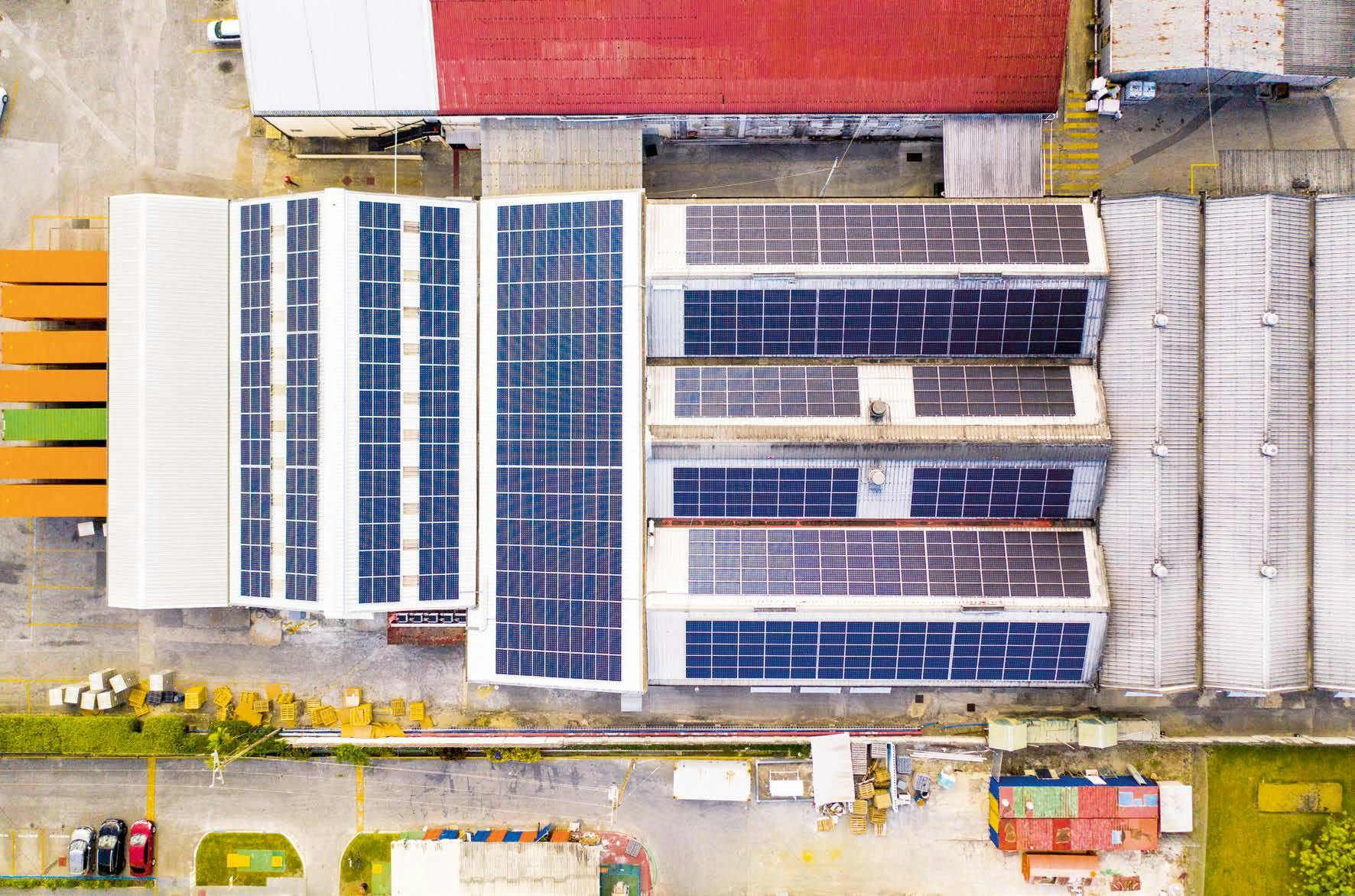
Aiming for 100% renewable energies for the Group’s production site by 2030
This year, 44% of energy used in all the Group's sites came from renewable sources (up from 26% last year), progress that brings Rémy Cointreau closer to its target of 100% renewable energy by 2030.
The majority of the Group’s Houses use distilling - a very energy-hungry stage in the process. Depending on what they produce, biogas, hydrogen, solar or certified wood are just some of the possibilities they are looking into or trialling to replace fossil fuels.
Biogas in Cognac (House of Rémy Martin) and Angers (Houses of Cointreau and St-Rémy)
For the past year, all gas consumed at the Angers and Cognac sites has been biogas, a renewable fuel primarily from organic agricultural matter sourced from the Pays de la Loire (for Angers) and Nouvelle Aquitaine (for Cognac). Using this green gas for distilling eaux-de-vie shrinks carbon emissions by 80%.
The House of Rémy Martin is nudging some of the winegrowers in its Alliance Fine Champagne (AFC) cooperative to follow its example and switch to biogas by offering to finance the extra cost this will entail. The House is also helping to fund a "Sustainable Distilling" trial at one of its professional distillers to test a new steam-heated distilling process to produce quality eaux-de-vie, but with lower GHG emissions.
In addition, in 2022, the Cognac site started the process of obtaining approvals to extend the use of biofuel (recycled frying oil) to the agricultural machines on its estates.
And there’s more:
- Solar power in Barbados. Mount Gay has high ambitions. By 2030 it wants all its energy to be solar. The solar panels at the distillery site provided 23% of its energy needs this year. Next year, new panels will be installed to bring that figure to 30% by 2025.
- Hydrogen tested at Islay. In Scotland, Bruichladdich is taking part in the pioneering Hyladdie green hydrogen distilling project to test the feasibility of the technology using a one-of-a-kind prototype in the UK.
